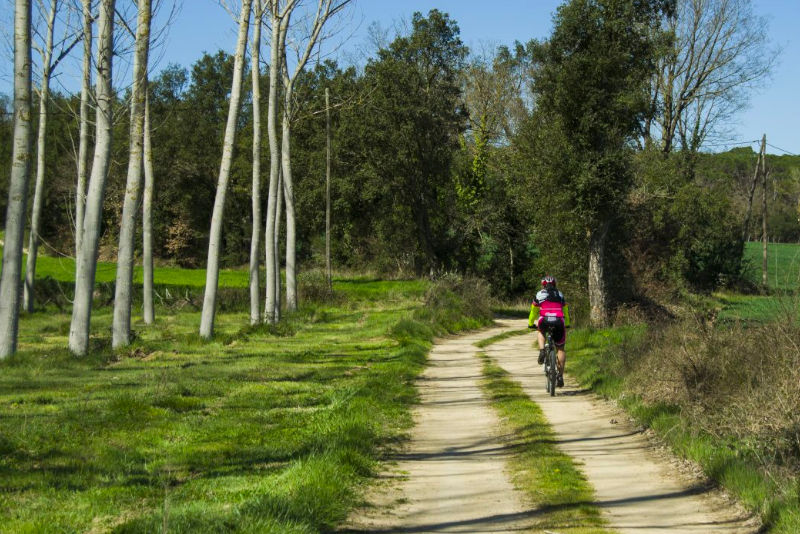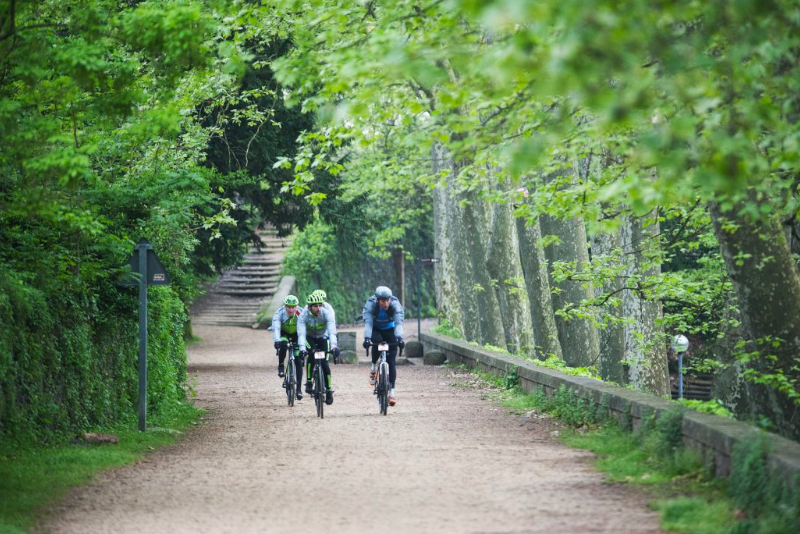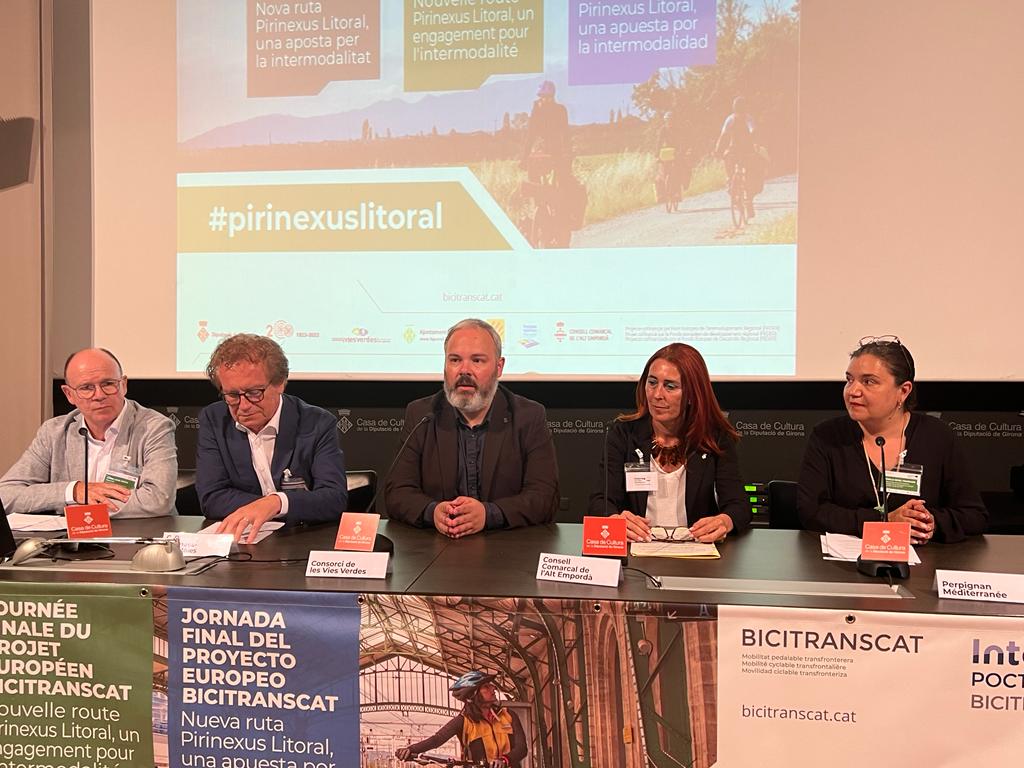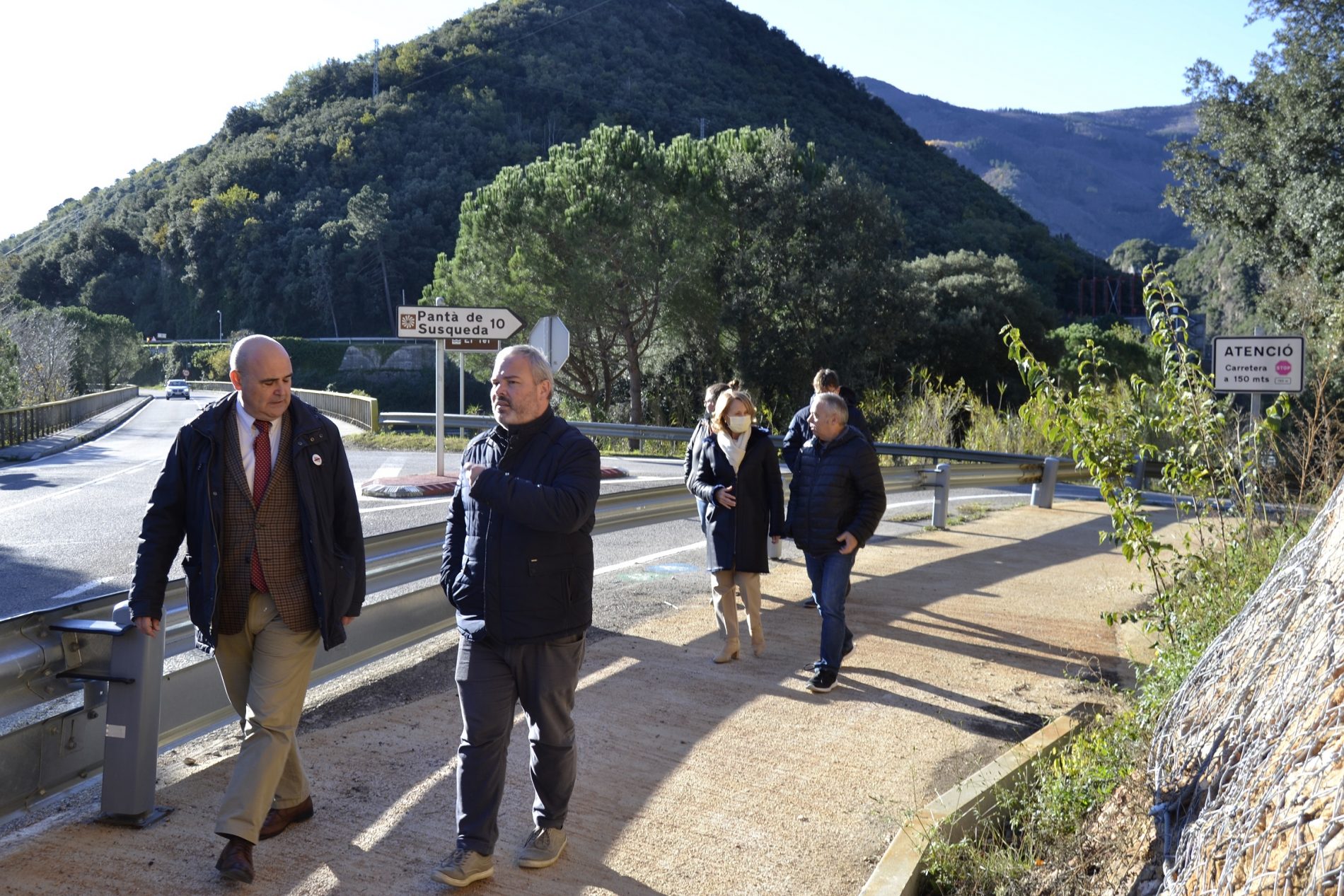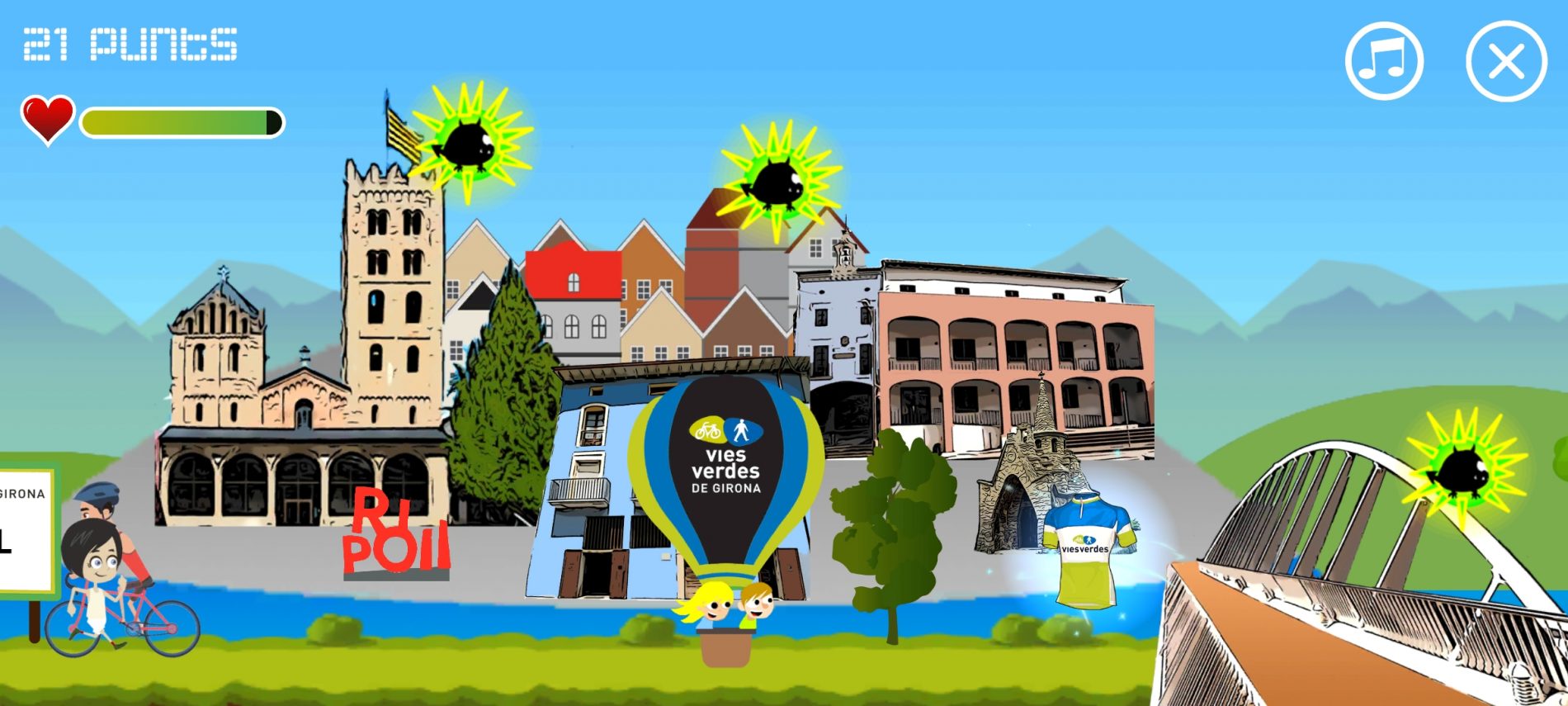What to visit
Banyoles
Tren Pinxo route
THE HISTORIC TOWN
The origins of the present-day town of Banyoles are to be found in the monastery of Sant Esteve (812). The monks of this monastery were the promoters of the irrigation network that brought water from the lake to the town centre. Today, you can see several sections of these irrigation canals in the open as you walk through the city’s medieval centre. To help understand the importance of this irrigation network for the city’s industrial development, the city council has created a route, which is called the Rec Major Route.
This monastery is one of the first Benedictine monasteries in Catalonia and the founding seat of the town of Banyoles. Its origins date back to around 812. Various architectural styles can be found here due to the successive phases of destruction and reconstruction that the monastery has undergone, but it mostly belongs to the neoclassical style (18th century). The Gothic altarpiece of Nostra Senyora de l’Escala (15th century) and the shrine of Sant Martirià (also 15th century), patron saint of the city, have been preserved.
Church of Santa Maria dels Turers
Construction of this church began in the 13th century, on top of an older church and it was promoted by opposition to the power of the monastery. It is a Gothic church with a basilica floor plan consisting of an original central nave eleven meters wide that ends with a heptagonal apse supported by large buttresses, which are listed as one of the first examples of Catalan Gothic architecture. The two side naves were added between the 17th and 19th centuries, and, in the mid 20th century, the stained-glass windows were installed.
Dating from the 13th century and demolished almost entirely in the 19th century, the surviving fragment is crowned at the ends with two Gothic-inspired gazebo towers, with a hexagonal plan and a dome with seven pinnacles.
Banyoles has always been dependent on the water of the lake and its irrigation canals. The first canals were built in the 9th century to supply water to the Monastery of Sant Esteve, drain the marshlands and gain new farmland. Thanks to the power of the irrigation canals, Banyoles soon had a flourishing industry. Considered for industrial use, the Rec Major concentrated most of the city’s water wheels or mills.
The route offers a walk through the trades and mills.
THE LAKE
The Lake of Banyoles is the largest and most important natural lake of karstic origin on the Iberian Peninsula. It has a length of approximately 2,150 m, an average depth of 15 m and a perimeter of 6,650 m.
Currently, there are several walking and cycling routes around the Lake of Banyoles that take hikers into this protected natural area. Boat trips or kayaks can also be rented there.
A peculiarity of this lake is the presence of fishing houses, old constructions dating from the 19th century. The purpose of these small structures built over the lake was mainly to store fishing gear. Hence, their name. There are a total of twenty fishing houses, and one of them is now the Tourist Office.
Remains of a Cardial settlement have been found in the La Draga Park. It belongs to a period of the early Catalan Neolithic that dates between 5400 and 5000 BC. It is estimated that the Neolithic settlement occupied about 10,000 m2, 1,000 of which are currently submerged in the lake. The reconstruction of some of the huts and the re-enactments of prehistoric activities allow visitors to get a glimpse of Neolithic life.
Visits and activities are held periodically. Check the calendar at www.museusdebanyoles.cat
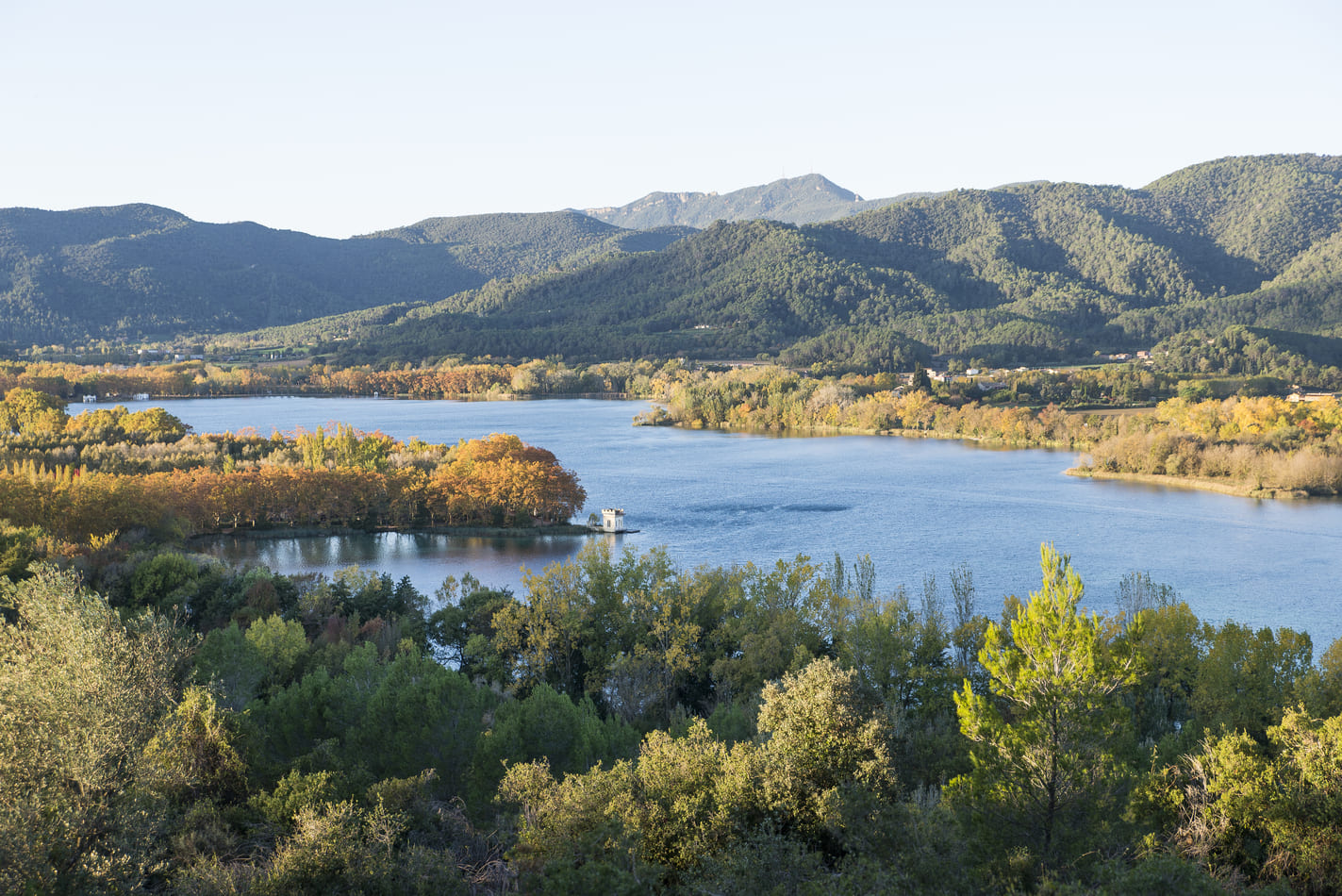
Below is a map where the point of service is located


